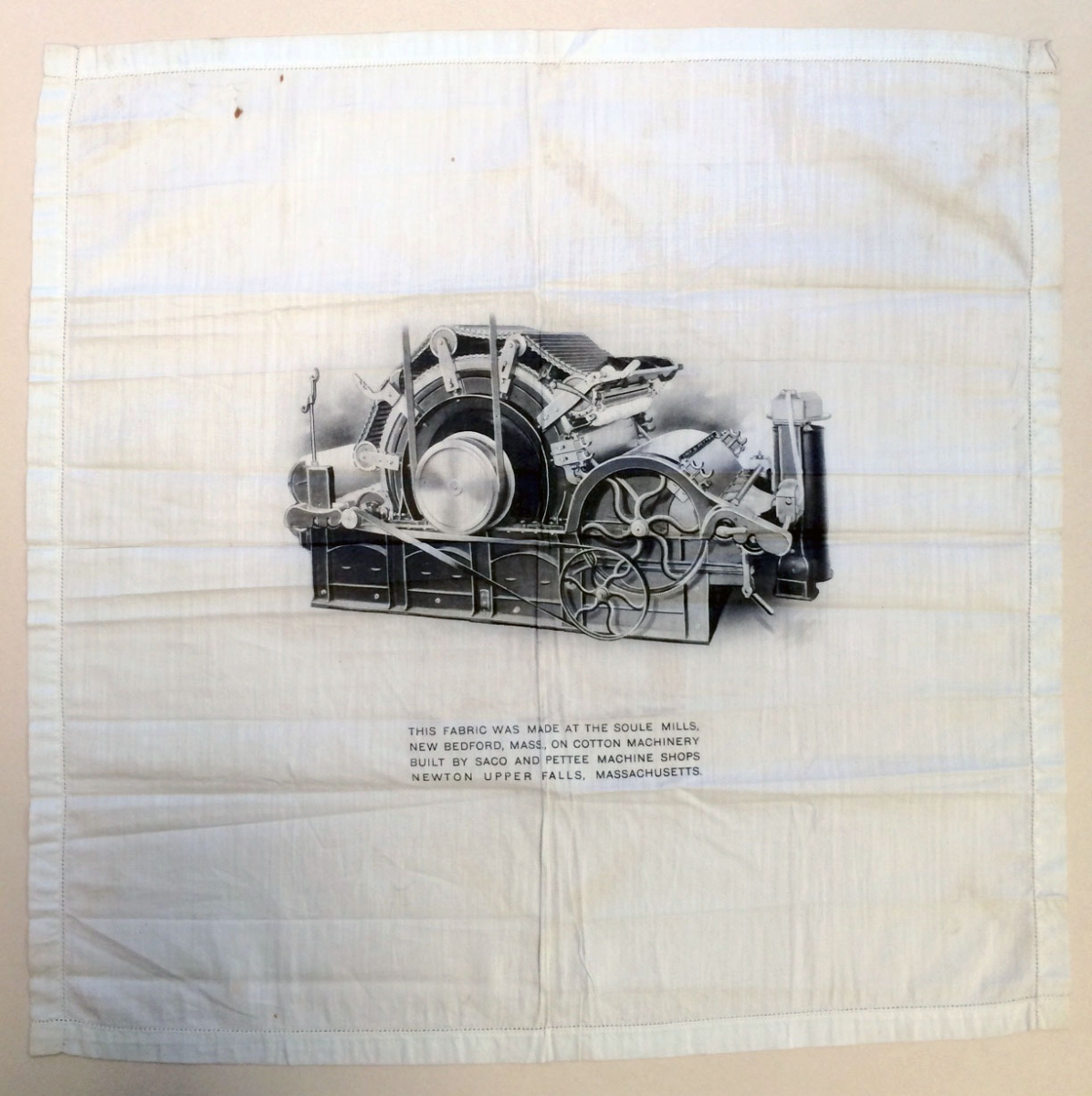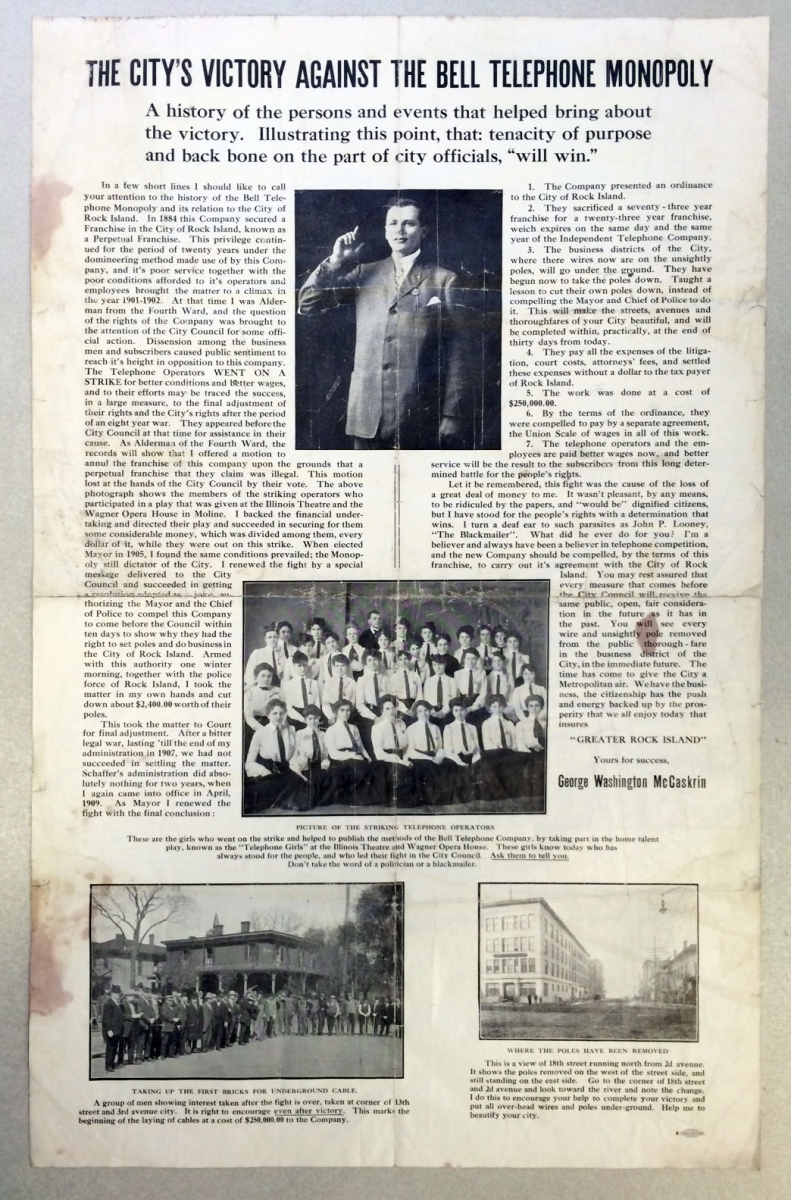Recent acquisitions in our department have inspired me to feature broadsides as a fascinating category of Published Collections. The typical broadside is a single sheet of paper printed with text on one side and posted for public viewing. After the printing press with moveable type made its way to America during the 17th century, broadsides became a popular means of delivering news in the colonies. The Dunlap broadside, for example, is a famous rendering of the Declaration of Independence issued immediately after the signing on July 4, 1776. Hot off the press, broadsides were promptly distributed, displayed, then discarded, and their ephemeral nature makes them relatively rare nowadays. Over time, other media such as newspapers, billboards, and even radio broadcasts surpassed the posters as means of publicity.
Our online catalog at Hagley posts over 900 entries for broadsides, aside from some 300 Trade Catalogs that also share the physical traits of this genre. Our broadsides range from a 16th century woodcut advertisement from Paris, to a 1990 reprint of Delaware’s own Oliver Evans flour-mill plan.
One of our recent acquisitions is printed in the same promotional vein. It displays cotton-weaving machinery built by Saco and Pettee in Massachusetts during the early 20th century. But instead of being stamped on a single sheet of paper, it is printed on a sample of cotton cloth woven on the illustrated loom. Imagine this broadside cleverly displayed at a trade show for visitors to behold or even to pocket as a souvenir.

Hemmed like a handkerchief, this broadside illustrates the machinery on which its cotton fabric was made.
Broadsides such as these serve a primary purpose of disseminating news, announcing a novel technology, or introducing a product. But others perform a subtler service of offering insight into ideas and attitudes of an era.
One such example has lately come our way. It celebrates a mayor’s success in alleviating the grip of the telephone company in Rock Island, Illinois. If you read the fine print of The City's Victory Against the Bell Telephone Monopoly, you will discover that as far back as 1909, people voiced a strong preference for underground cable over unsightly poles. We are pleased to announce these intriguing examples of ephemera among the unique forms of mass communication in our broadsides collection.

This broadside trumpets the end of the tyranny … of overhead telephone lines.
Alice Hanes is the Technical Services Librarian, Published Collections Department, at Hagley.
